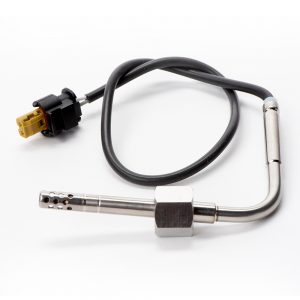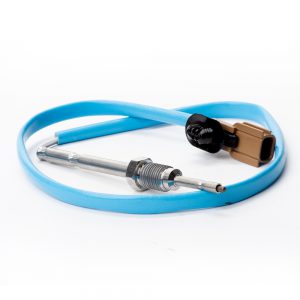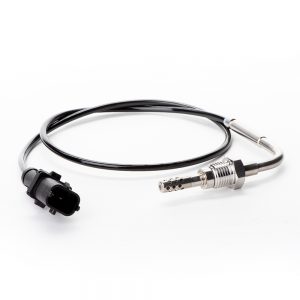Posted 17th January 2023
By measuring temperature in the exhaust system and relaying back to the ECU, EGTS enable the vehicle systems to take appropriate action to protect key engine components.
Because they are a high failure part, they are becoming more in demand for repair. In this issue of Technical Focus we will look at what the sensor does, its key components, why and how it fails and give tips on replacement so you are prepared to take advantage of this rapidly expanding repair opportunity:
As by title, and EGTS measures the temperature of the gas in the exhaust system. This
information is then reported back to the ECU where appropriate action can be taken.
Commonly in Petrol engines the sensors protect key components from higher temperatures
common in smaller engines. In Diesel engines EGTS are also used to monitor the temperature
of the DPF to maximize efficiency of regeneration and reduce harmful emissions. It is
common to have three or more sensors fitted to the same exhaust system, one before the
turbocharger and one either side of the DPF.
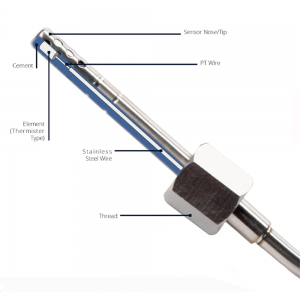
There are two types of EGTS; with Positive Temperature Coefficient (PTC) and Negative
Temperature Coefficient (NTC) sensing elements. The difference between the two is how
they measure temperature. PTC element sensors are the most common, where resistance
increases inline with temperature. NTC elements have a high resistance at low temperature
and low resistance at high temperature. In both cases a temperature is assigned to
resistance in the ECU, allowing it to take action based on the feedback.
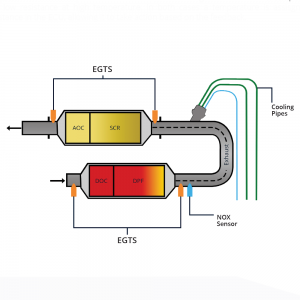
Commonly, EGTS failure is caused by exposure to extremely high temperature. In some cases over 900°C. As with many components, particularly sensors, sever vibrations can loosen internal connections and bending/twisting can cause wire failure. Combining these with contamination from fluids such as oil or antifreeze can affect the EGTS’s response efficiency causing it to drift out of tolerance and provide the ECU with inaccurate information
.
To diagnose a faulty EGTS, consider the following steps:
SMP Europe’s EGTS portfolio is available across all of our primary brands, Intermotor, Lucas, and Lemark. With over 300 part numbers currently available already, we constantly monitor the aftermarket to update our offering to ensure our customers remain up to date and have the parts they need for every repair.
All of our EGTS are developed with the latest in sensor technology, and tested rigorously in house at our state of the art testing facility in Nottingham, England, to ensure they perform to OE tolerances, capable of withstanding the harsh working environment they are situated in for a long service life.
For more information on our range of EGTS please speak to your sales representative, or contact our helpful customer services and technical support department:
info@smpeurope.com
